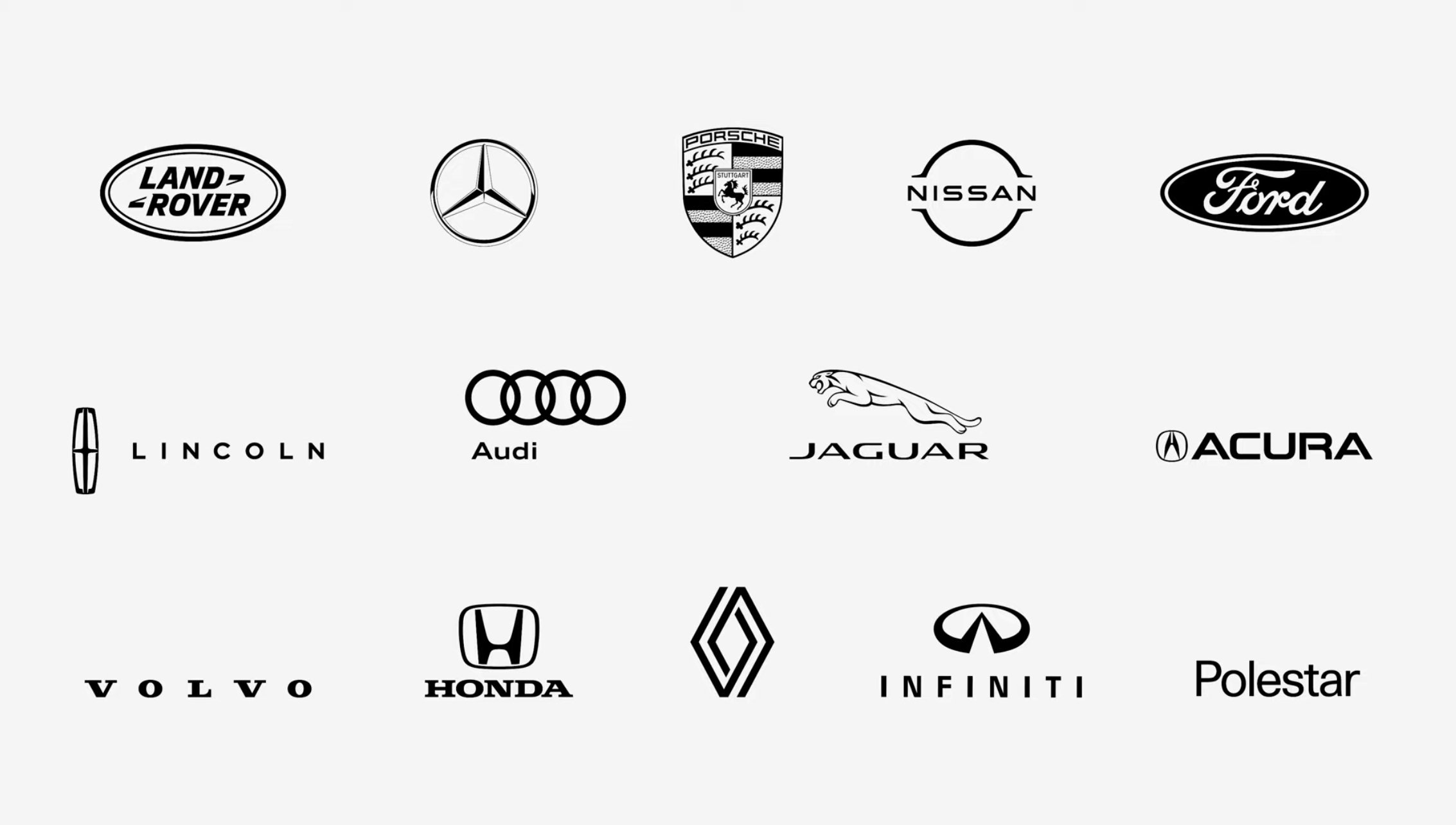Why this is interesting: Apple’s technical demonstration caters to the short-to-mid-term needs of Automotive OEMs, rather than radically reimagining what the in-car experience might look like.
During Apple’s WWDC keynote yesterday, the company presented a new version of CarPlay, which, to date, has been a better way to interact with an iPhone while in the car.
Far beyond what the current CarPlay system offers, this new version shows a much deeper integration with the vehicle. It can display data picked up from sensors (such as speed, RPM, temperature, and fuel/charge level) as well as providing control for vehicle hardware, like air conditioning, seat heating and so on.
And rather than being limited to just the centre stack display, this new version is able take over all in-car display functions: Apple showed mock-ups covering the driver gauge pack, the centre stack, and the increasingly-fashionable passenger screen.
CarPlay is no longer just an interface for the phone in the car, but is becoming the interface for the car itself, powered by the phone.
It was interesting to watch people's reactions on Twitter as they decried the lack of sophistication in Apple’s design, and the apparent lack of understanding of what’s required to make a successful automotive user experience.
For the record, I'm certainly not advocating an interior covered with screens, like Apple showed. But it’s automakers, not Apple, that insist on putting ever more and ever larger screens in cars. Perhaps Apple simply wanted to show their customers - the automakers - that they can meet their multi-screen needs.
And while the graphics are (shockingly) naive, again, perhaps the demo was designed to show that Apple can collect and represent vehicle sensor data and hardware states, while leaving the ultimate visual interpretation of that data up to OEM design teams, who will best know how to express their respective brands.
So where is Apple going with this?
In the 21 years since the launch of BMW’s iDrive, the automotive industry, as a whole, has failed to make meaningful progress in the development of digital in-car interfaces that are safe, usable and beautiful. This is despite manufacturers investing heavily in the development of their digital design teams. In many cases, as screens, and touch, voice and gesture interfaces have proliferated, things have become worse for end users, rather than better.
The current version CarPlay, which has only been around for 8 years, is nonetheless better than pretty much any proprietary OEM interface I’ve tried. It's in 98% of new cars in the United States - which means that there's no learning curve if you switch vehicles - and 79% of car buyers in that market will only consider a car if it has CarPlay fitted.
It’s clear that customers want what Apple is offering, manufacturers know they need to deliver it, and judging by the number that have signed up, they're glad for the help.
This new CarPlay offer goes much further than simply providing a better way to operate a phone in the car, however.
It suggests to automakers that they can stop trying so hard to make something that’s beyond their demonstrated level of competence. Apple is saying “here’s a kit of parts that covers all your needs and a voice agent (Siri) that’s one of the best. Leave the hard digital stuff to us, and you can focus on the bits that you’re good at” i.e. engineering the physical attributes of the vehicle.
In this frame of mind, and aware that yesterday was a developer's keynote, not a product launch, I read the presentation as a technical demonstration, rather than the reveal of a production-ready product. I can imagine Apple being pretty receptive to both assisting and learning from automotive human factors and user experience experts to further refine the offering*. The new CarPlay is 18 months away from launch, after all.
In the long run, if CarPlay continues to be a success, it’s hard not see Apple coming to own the in-car experience. I’m particularly excited to see if they offer ways for their vast developer ecosystem to create new products and services using a fusion of iPhone sensor data and vehicle data and hardware in ways that carmakers have so far failed to do.
It’s also not hard to imagine CarPlay, and the iPhone, becoming a key enabler of Vehicle-to-Everything (V2X) networking that will dramatically improve road and pedestrian safety and the efficiency and environmental impact of cars.
While yesterday’s demo lacked sophistication, with the current CarPlay, Apple have amply demonstrated that they have the ability to develop an automotive UI that surpasses that offered by manufacturers when it comes to consumer desirability.
Over the next 18 months, Apple, in collaboration with their automotive clients, will learn and improve. I’m certain that what comes to market will look nothing like what we saw yesterday.
I’m also certain that this is just the beginning of what CarPlay has to offer.
*This reminds me of a curious chapter in Apple product history. In 2005, Apple partnered with Motorola to launch the ROCKR E1, more commonly known as the iTunes phone. It was a device that integrated Motorola’s hardware with Apple’s iTunes ecosystem, and while the product was a flop, the buzz around its launch demonstrated the appetite for device that combined the functionality of a phone and an iPod. In 2007, Apple launched the iPhone and the rest, as they say, is history.
